-
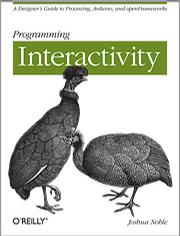
Programming Interactivity
Make cool stuff. If you're a designer or artist without a lot of programming experience, this book will teach you to work with 2D and 3D graphics, sound, physical interaction, and electronic circuitry to create all sorts of interesting and compelling experiences -- online and off. Programming Interactivity explains programming and electrical engineering basics, and introduces three freely available tools created specifically for artists and designers: *Processing, a Java-based programming language and environment for building projects on the desktop, Web, or mobile phones *Arduino, a system that integrates a microcomputer prototyping board, IDE, and programming language for creating your own hardware and controls *OpenFrameworks, a coding framework simplified for designers and artists, using the powerful C++ programming language BTW, you don't have to wait until you finish the book to actually make something. You'll get working code samples you can use right away, along with the background and technical information you need to design, program, build, and troubleshoot your own projects. The cutting edge design techniques and discussions with leading artists and designers will give you the tools and inspiration to let your imagination take flight. -
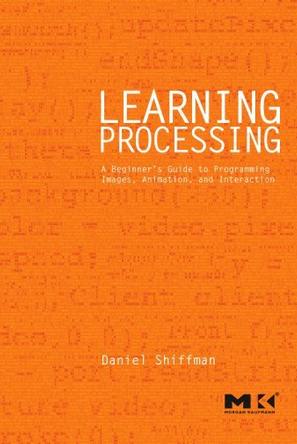
Learning Processing
Book Description Teaches graphic artists the fundamentals of computer programming within a visual playground! Product Description This book introduces programming concepts in the context of computer graphics and visual art, in a more accessible format than traditional programming textbooks. It uses the open source programming language Processing as the basis for all discussion and examples, focusing on the fundamentals such as variables, conditionals, loops, arrays, and objects in a highly visual manner. The book will also introduce advanced topics such as data mining, networking, image processing, computer vision, and 3D graphics. It will also introduce using Processing for "tangible media"; communicating with microcontrollers to interact with the physical environment. Processing is built on top of the programming language Java, and so is an excellent introduction to Java and object-oriented programming, and will help prepare the student for study of more advanced object-oriented languages such as Java or C++. * Introduces the concepts of computer programming using the programming language Processing developed at the MIT Media Lab * Written for the interactive media designer without any programming experience * Includes source code for many examples, illustrated with examples of what can be done with Processing -
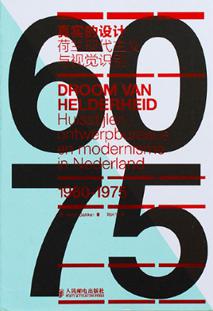
真实的设计
本书全面考察了1960-1975年荷兰社会经济的环境下视觉识别的设计者(如设计公司、自由设计师)、客户(如企业、政府、公共机构)、执行者(如印刷厂、执行制作商)以及更多相关的群体。作者通过600多幅图片和深入的研究剖析,向读者呈现了20世纪60、70年代的荷兰设计师或者企业在面对具体设计问题时的种种思考及实践。 荷兰20世纪60年代出现的现代主义视觉识别的“黄金时代”是随着荷兰二战后的工业化和现代化进程而来的。这也是设计师从艺术家或者手工艺人脱离出来,向职业设计师进化的阶段。现代化和商业主义为设计师带来了广阔的空间,设计师也都怀着为社会谋福祉的雄心壮志纷纷成立设计公司,成为与客户门当户对的专业顾问。他们迫切希望用现代主义的设计理念去为这个世界开处方,希望用科学理性的方式来为世界划出一个清晰的秩序。随着大众消费市场的到来,设计师发现承载着他们社会理想的视觉识别却沦为企业的面子工具、成为市场营销的“帮凶”…… -
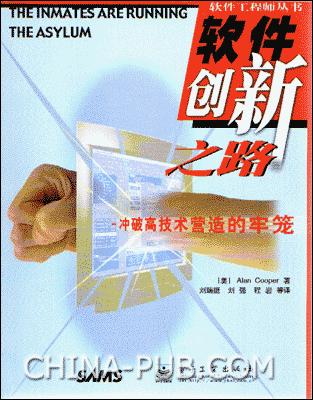
软件创新之路
这不是一本教你如何编程的书,但却是软件工程师不可不读的书。 本书作者Cooper被誉为“VB之父”。他针对基于电脑的产品难学、难用、难以理解的弊病,提出了软件设计应分为两部分:交互设计与编码设计。本书通过大量的商务案例,“透彻地描述了我们面临的挑战,并从方法学上提供了逃离我们自己热心营造的技术牢笼的指南。” 本书观点独特,描述生动,实例丰富,分析深刻,方法具体而且有效,是软件项目经理、 -
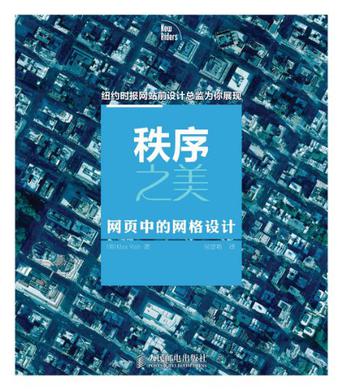
秩序之美
怎样才能设计出简洁大方而不落于俗套的超人气网站?纽约时报网站的资深设计师Khoi Vinh在这《秩序之美——网页中的网格设计》一书中将为你揭示其中的奥秘。 《秩序之美——网页中的网格设计》将源自传统平面设计、被众多平面设计大师推崇的网格设计方法应用于网页设计,向读者详细介绍了网格设计成熟而经典的设计模式,并以整个网站的设计为例,对工作流程、设计工具和方法进行了系统而全面的介绍,手把手教读者从零开始,完成网站主要页面的设计。 《秩序之美——网页中的网格设计》为所有网站设计人员提供了一个完美的设计参考。在阅读并实践本书的内容后,读者不但可以开拓眼界,更能提升自己的设计水平。 点击链接进入: 秩序之美:网页中的网格设计(修订版) -
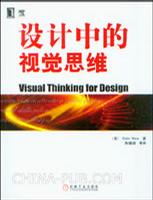
设计中的视觉思维
《设计中的视觉思维》主要介绍视觉思维的原理,并用这些原理来指导视觉图像的设计。哪些颜色和形状比较突出和醒目、在什么样的情况下应用图像来代替文字等都是设计细节中需要考虑的问题,而这些细节往往可以影响一个设计方案的成败。书中顺序介绍了人的视觉生理结构、影响人视觉思维的设计要素,以及如何有效地利用各种设计要素有效地影响人对设计的感受。《设计中的视觉思维》可作为视觉媒体设计人员、互联网图形设计人员的参考用书。设计人员更多地需要以辅助受众思维过程的方式来呈现信息。幸运的是,与人类视觉感知相夭的科学研究结果为此提供了可用的指南。作者将我们现在所知的感知、认知和注意力转化为设计人员可以直接应用的具体建议。他阐述如何将设计作为认知工具来扩展观众的思维——就像用锤子扩展人手一样。有经验的专业设计人员和学生都应该学习一下,在为人们设计信息工具时,如何最大限度地发挥信息工具的作用。《设计中的视觉思维》特点:呈现了视觉思维的复杂过程,这个复杂过程的每个阶段都需要特定的设计技术来支持。为设计人员和负责设计的软件开发人员提供了实用的、任务导向的信息。书中实例丰富,图文并茂。使用”主动视觉”的原则,将图形设计看作是一种认知工具。